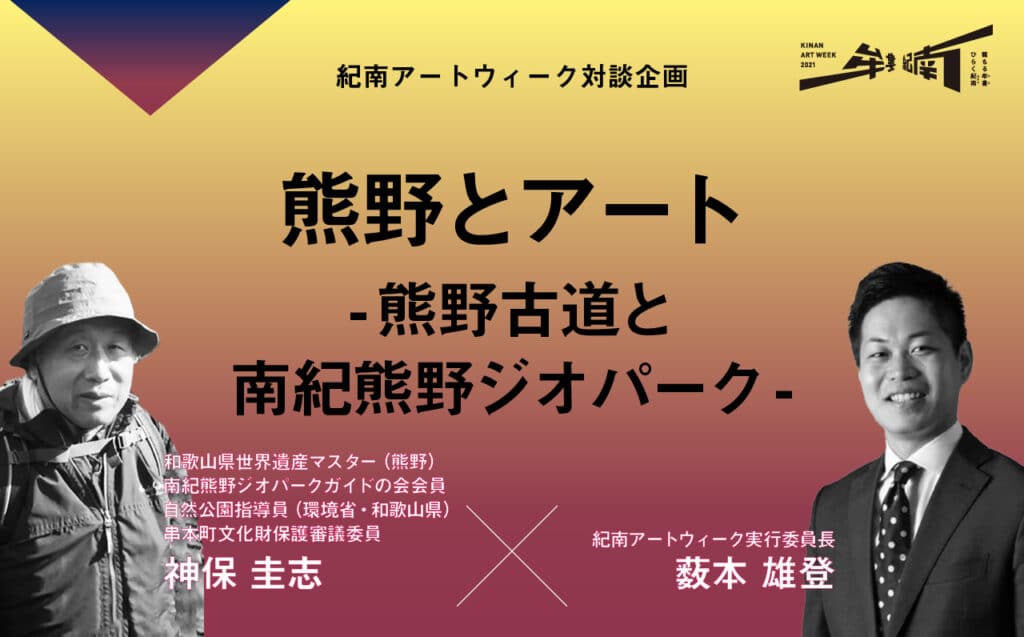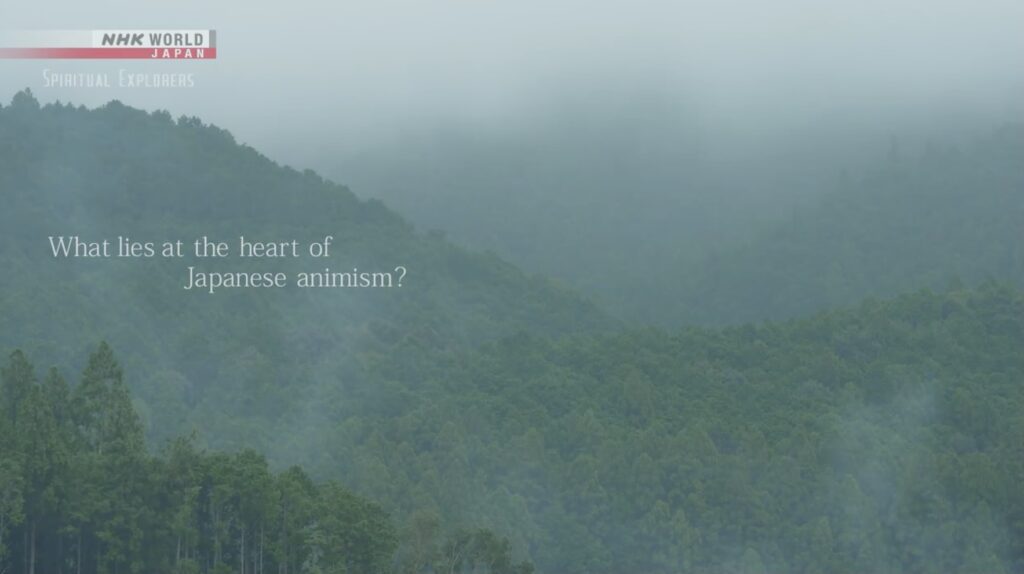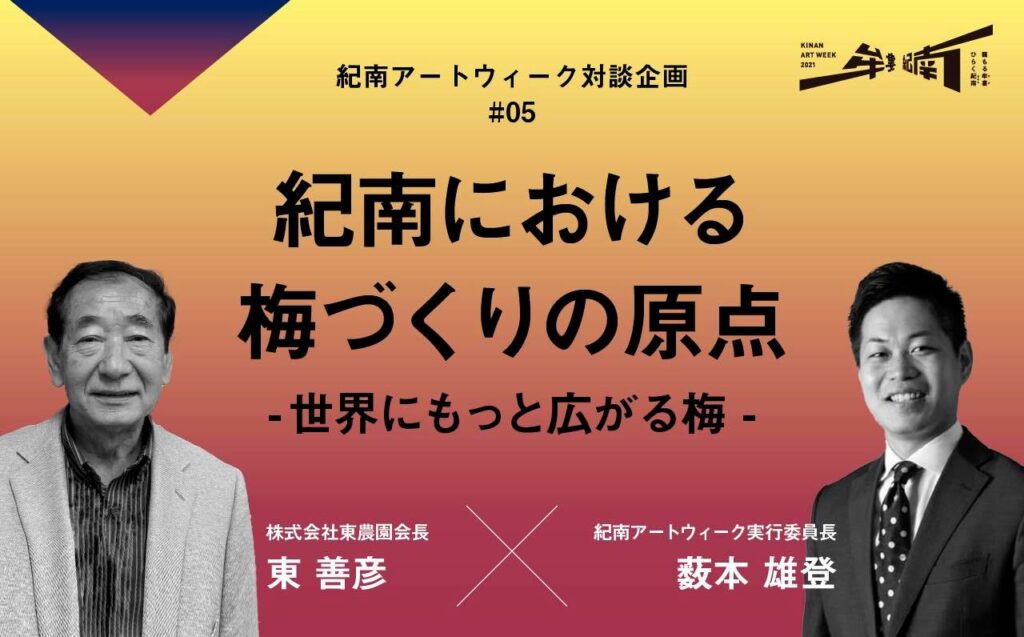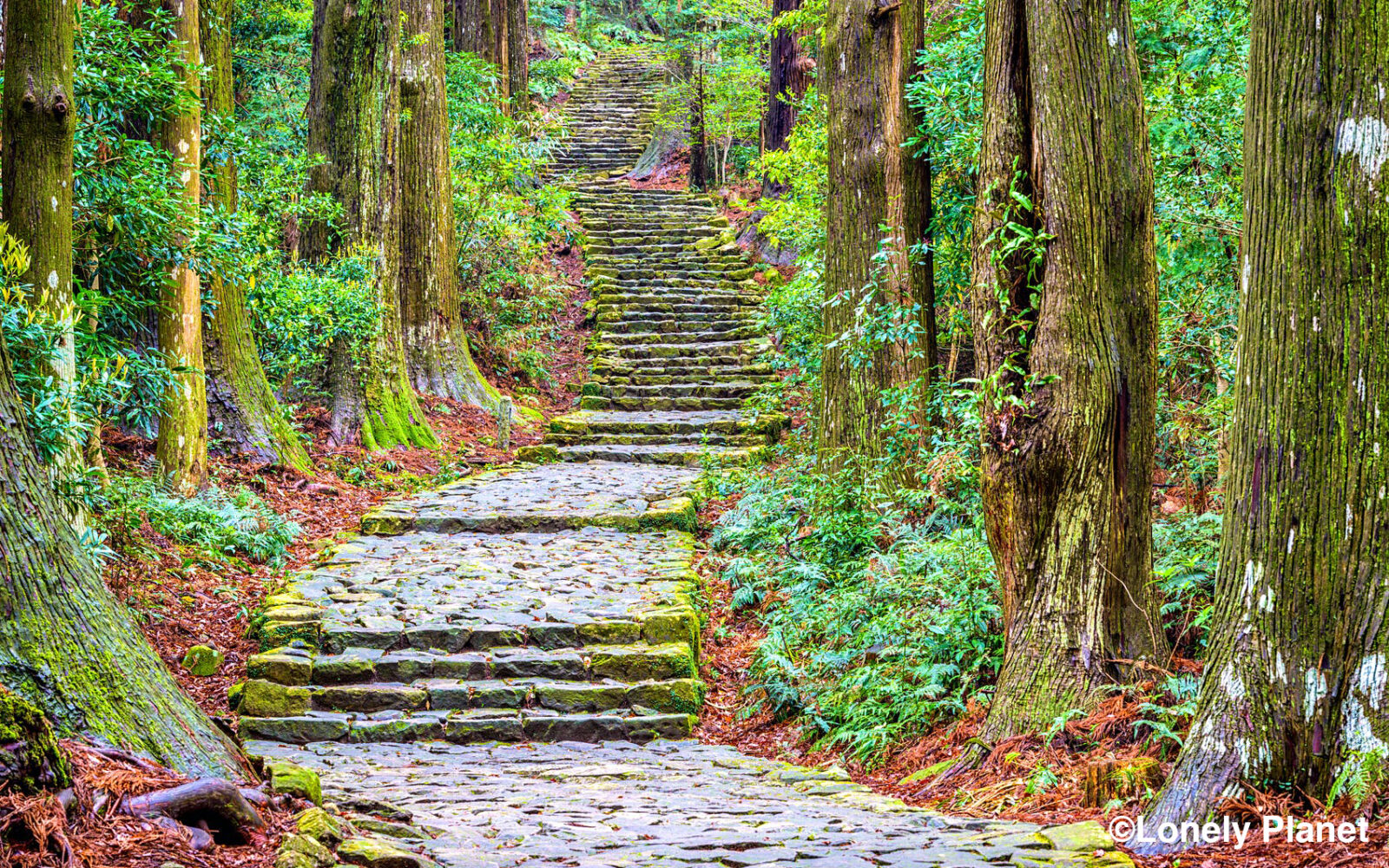
Dialogue project #14 “What is Kumano’s value?”
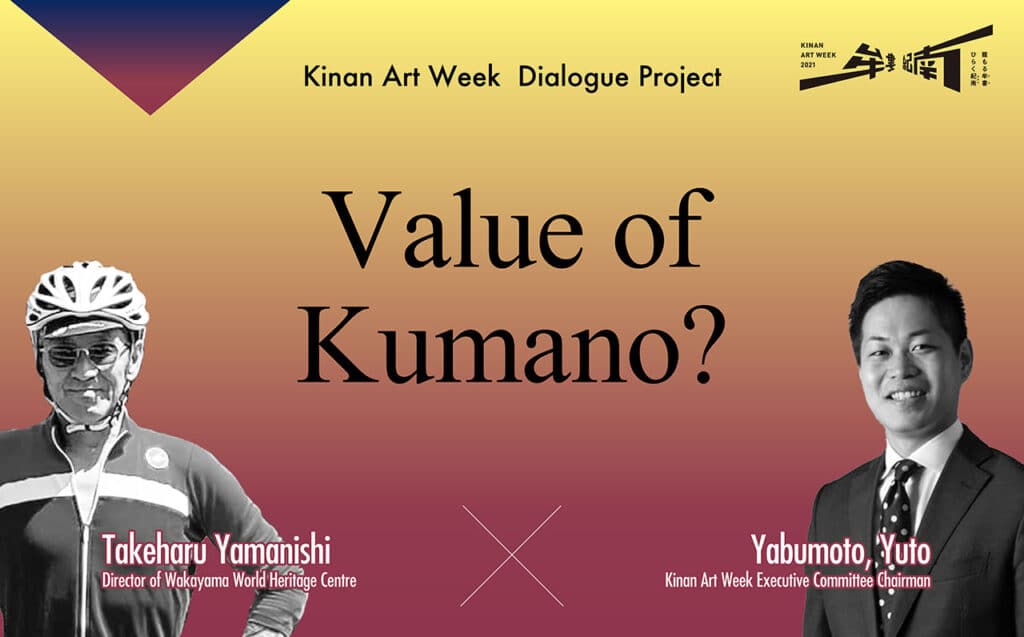
Kinan Art Week Dialogue project #14
Guest :
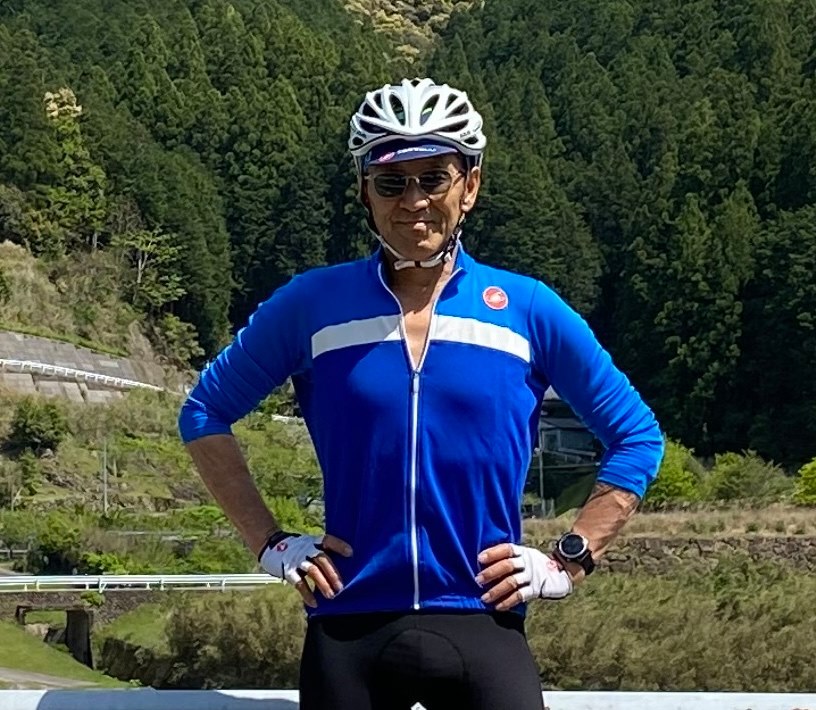
Director of Wakayama World Heritage Centre
Mr. Takeharu Yamanishi
He has made a great contribution to the Wakayama prefecture over a long period of time as a bridge between Wakayama and the rest of the world. Now, as the Director of the World Heritage Centre, he is using his wealth of experience and wisdom to promote Koyasan, Kumano and other parts of Wakayama to the world, and to pass on the message to the younger generation who will be the future leaders of Wakayama.
https://www.sekaiisan-wakayama.jp/
Interviewer :
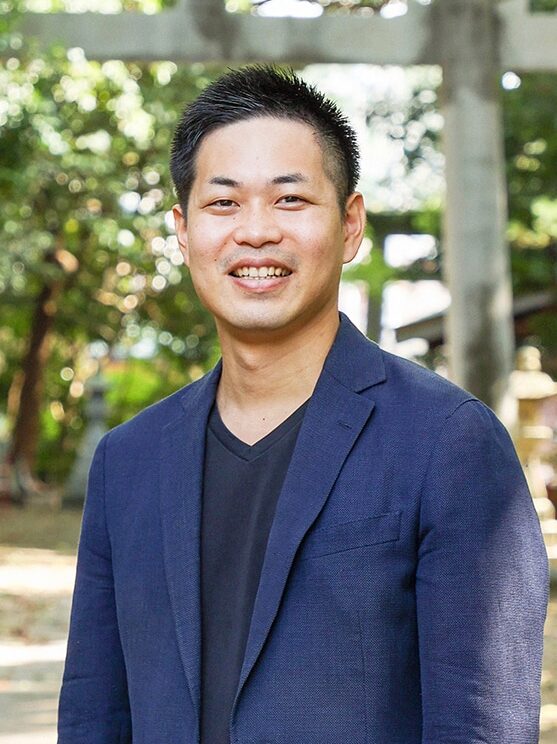
Yuto Yabumoto
Kinan Art Week Executive Committee Chair
Participants :
Manabu Shimoda
Executive Director of Kinan Art Week
Editing :
Kinan Editorial Department by TETAU
https://good.tetau.jp/
What is Kumano’s value?
[ Table of Contents ]
1. Mr. Yamanishi’s approach
2. The true power of “Kumano”.
3. Kumano from the perspective of tourism
4. What we leave for the next generation
1. Mr. Yamanishi’s initiatives
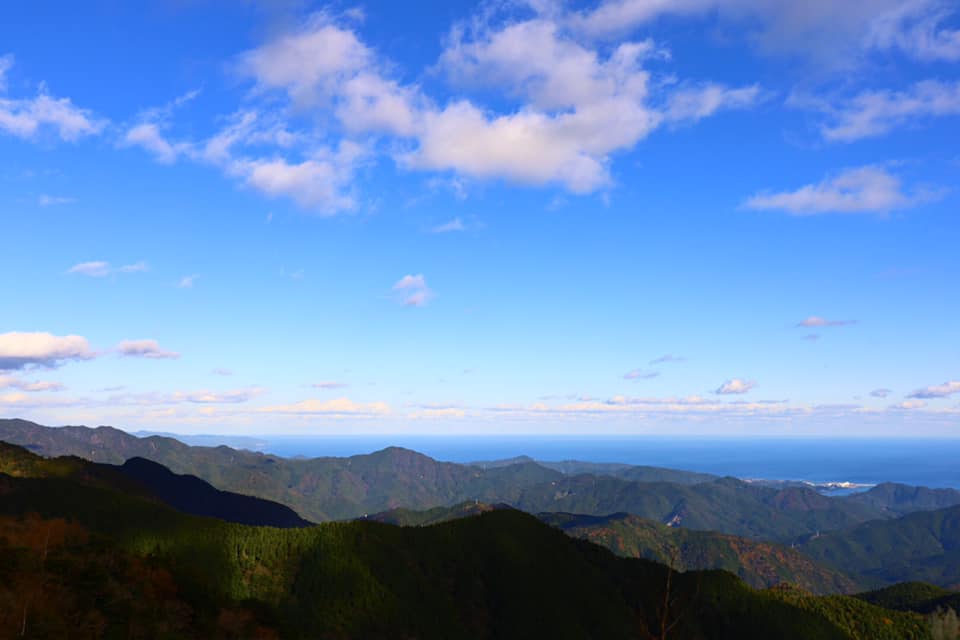
Yabumoto:
Thank you very much for taking time out of your busy schedule to meet with us today. It has been about five years since I was introduced by Mr. Fukuda, President of Fukubishi *1 in Shirahama, which is famous for “Kagero”, to greet you at the Wakayama prefectural office. I still remember the vivid image of Mr. Yamanishi, who was not like a prefectural office employee (laughing). I would like to ask you again for a brief history of Mr. Yamanishi.
*1 Fukubishi: Founded in 1933, Fukubishi Co. Ltd. has been producing famous sweets such as “Kagero” and “Yuzu Monaka” for a long time.
Mr Yamanishi:
I retired from the prefectural government two years ago and now I am the director of the World Heritage Centre of Wakayama Prefecture. In the prefectural government, I was involved in various activities related to the economic activities of Wakayama such as attracting companies to Wakayama to set up factories and offices, and selling prefectural products such as ume plums, mikan oranges, sansho (Japanese pepper) and their processed products to domestic and foreign markets.
For example, there is a strawberry called “Marihime”. You may have heard a lot about it recently. It has a sweet taste with little acidity and is a wonderful agricultural product of which Wakayama is proud. However, they do not last long. The question is how to sell it. That’s when we came up with the idea of selling Dojima Rolls *2, which were being sold at a rapid pace at the time. They had just launched a product called the “Princess Roll”. I thought, “Let’s put ‘princess’ in ‘princess’ and use ‘Marihime’!” I took the strawberries to the president and asked him to try them, and it worked. This was a great success and was covered in most of the newspapers.
Another example is sansho(Japanese pepper). Wakayama is the largest producer of grape sansho in Japan. When people think of sansho, they think of eel, but the data shows that it takes about three years for an average family to use up a whole bottle. That’s not enough to keep up with consumption. So we went to Calbee and asked them to make a product using sansho. At that time, there was a big problem of falsification of origin, and Japanese manufacturers started to clearly indicate the origin of their products. It was against this background that we put the words “Made in Wakayama Prefecture with Grape Sansho” on the front of the package. It was a great branding move and a success too.
*2 Dojima Roll: A confectionery from Mon cher Co.
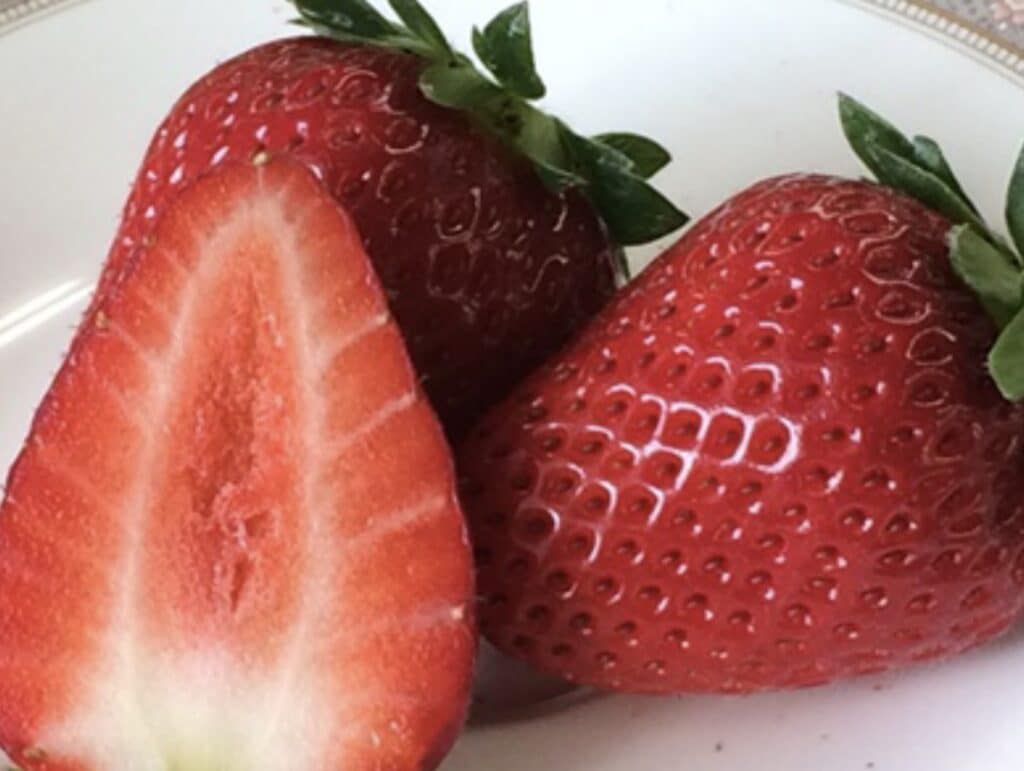
Source: https://www.pref.wakayama.lg.jp/prefg/070300/marihime.html
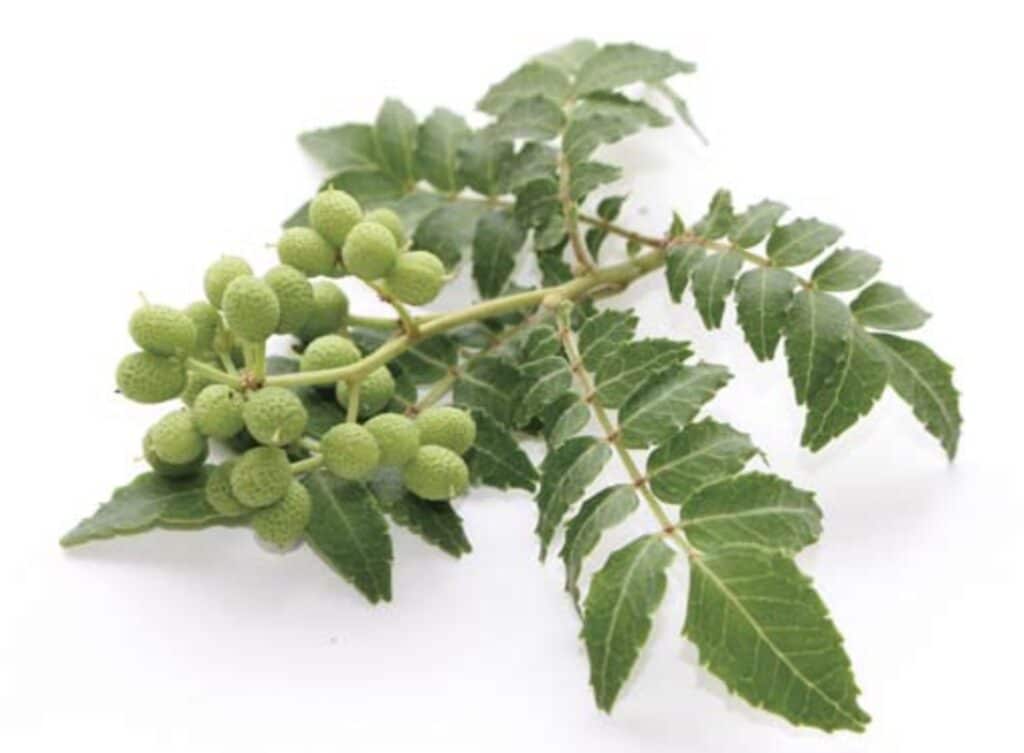
Source: https://www.pref.wakayama.lg.jp/prefg/070100/syokuzai/d00203691_d/fil/wakayamanosansyo.pdf
Yabumoto:
You are an employee of the Wakayama Prefectural Government, aren’t you? How is it possible for a prefectural government employee to plan and sell a project like that? You’re quite the “businessman”, aren’t you? I was a little surprised.
Mr Yamanishi:
Yes, it’s possible (laughs). I have continued running for Wakayama’s sake. Now and then, even though farmers work hard to produce their products, many of them are still struggling with how to sell them. So we needed to develop our own sales channels. We believe that it is not enough to simply promote commerce, but also that it needs to be branded to spread the word. As a result of our various approaches, we have been adopted by a number of companies.
Yabumoto:
You have been involved in the economy and tourism for a long time in the Ministry of Commerce, Industry, Tourism and Labour.
Mr Yamanishi:
That’s right. In that sense, I have been in the business scene of Wakayama for a long time. As pointed out at the beginning of this article, I was often asked, “Are you really from the prefectural government, Mr.Yamanishi? (laugh).
Wakayama has a small number of companies, so attracting companies is a big issue. There is a lot of talk about local production for local consumption, but I believe that local production for external consumption is the way to go. I believe that it is important to export to outside the region, including outside Wakayama, and to earn foreign currency. In this sense, we are aware that tourism is one of them.
Yabumoto:
The very subject of this Kinan Art Week is “export”, so I can only sympathise. From the point of view of the businesses in the Wakayama area, I think they were very reliable. Please let me discuss the state of tourism in Kumano in the second half of this article.
Mr Yamanishi:
Oh, not at all . We’ve shared ideas and so on as we’ve thought of them, but it’s the businesses that have implemented them.
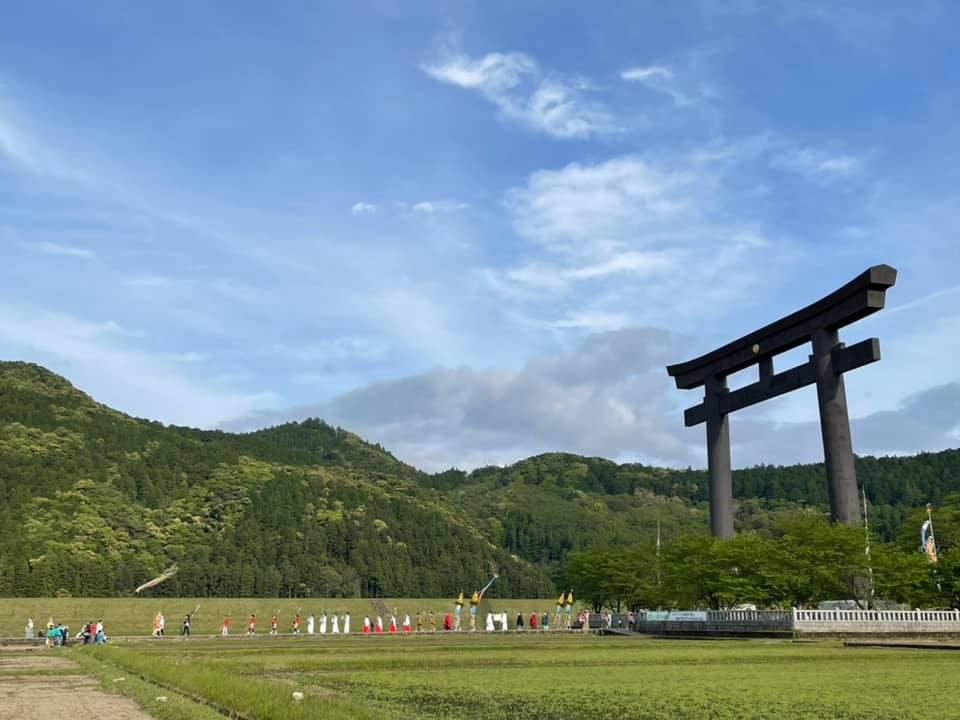
Yabumoto:
How many years have you been involved in tourism in the prefectural government?
Mr Yamanishi:
It’s been nine years now. Before Corona, we had many visitors from outside the prefecture and from all over the world. I’m proud of the fact that I’ve done that and I’m doing the best I can in the current environment. Recently, I produced an NHK production for foreign audiences about “Kumano”.
Mr Yamanishi:
We always thought that the way to promote “tourism” in this way was to incorporate elements of management techniques such as marketing and branding into tourism, rather than the traditional administrative approach!
The first thing we thought about was marketing and targeting. The majority of visitors to Koyasan and Kumano were older people, while Shirahama was mostly) families, so we needed to attract a new audience to expand. According to data, 80% of the people who make decisions about travel and tourism are women. Therefore, we decided to target “working women”. Kumano has been associated with the words “healing”, “revival”, “recovery” and “regeneration” since ancient times, so we focused on women who are working hard.
Once we had set the target, we worked hard to make sure that people knew about it. We took our proposal to almost all the media in Tokyo, Osaka and other cities and made proposals to them. In particular, we told apparel magazines that if they came to Kumano, they would be enriched not only physically and mentally, but also spiritually and emotionally. We have been promoting the importance of the inner life, not just the outer life. Similarly, we continued to make suggestions to lifestyle magazines. Not directly in travel magazines, but in the overall sense that if you come to Kumano, you will become beautiful. If we continue to make proposals in this way, we start to build relationships with the media and other people, and we get offers like, “Mr Yamanishi, we have two extra pages this time, so why don’t we advertise them for 500,000 yen instead of the usual one million yen?” I get offers like that.
Until then, Wakayama was rarely featured in the major print media, but little by little it started to appear in the media and gradually spread its recognition.
Yabumoto:
Hmm… are you sure you’re really a government employee (laughs)? I think you’re special in a way, but this story makes me feel that we need a system like in the U.S., where people can cross more and more careers in the private and public sectors. So, Mr. Yamanishi, from a business point of view, you were the producer and promoter of Wakayama. However, I can’t think of any private company in Wakayama that produces “Wakayama” by itself. Even if there is, it may be limited to “Kumano”, “Koyasan”, “Shirahama” and so on.
Mr Yamanishi:
As you pointed out, unfortunately in Wakayama, there is no private sector to lead tourism and the government has to do everything. In Kyoto, for example, there is the JR and Keihan Railway, and in Mie Prefecture there is Kintetsu. If you want to promote visiting temples, I think that the government is responsible for negotiating with temples and the private sector is responsible for publicity. Unfortunately, Wakayama is not able to do so. That is why we had to be clever and efficient.
2. “The true power of Kumano

Yabumoto:
How do you see “Kinan” and “Kumano”? It’s a very big question, but I’d like to hear your intuition.
Mr Yamanishi:
The term “Kinan” is used by the people of Wakayama Prefecture to refer to the southern part of Wakayama, which is not understood by people outside the prefecture. In that sense, I have stuck to the word “Wakayama” instead of “Kihoku”, “Kichu” or “Kinan”. However, if you want to complete your branding with “Kinan”, you can use “Kinan”.
On the other hand, the original origin of “Kumano” is said to be “Sumikko” or “secluded place”. In other words, it basically means “a place where the gods are” where people cannot get involved . The word “Kumano” is a historic term, and I think it’s an interesting geographical term, because it includes Nara and Mie, and the boundaries are vague.
Yabumoto:
It’s quite a broad concept. I’m also doing my life’s work, researching and studying “Kumano and animism” for the curation of Kinan Art Week, and although it’s very difficult to define “Kumano”, I feel that the ancient layers of the Japanese people are here.
Mr Yamanishi:
In that sense, what I have done is , first of all, to let people know of “Wakayama”, then words such as “Onsen”, “Road”, “Holy Land”, etc. which express tourism in Wakayama . The next is the name of the region such as “Kumano”. . I think “Wakayama” the first that comes to mind, especially when you think of overseas. Nowadays, if you say “Kumano”, it is accepted everywhere and it has become a global brand. From now on, I am thinking that we need to further express the new “Kumano” and make it overwhelmingly a brand.
Yabumoto:
Thank you very much. It was very helpful for us to think about our future strategy.
I understand that you frequently give talks at schools in the Kinan region. How do you talk about the charm and value of Kumano?
Mr Yamanishi:
Firstly, we talk about things such as Kumano having a worldwide reputation. This is well supported *3. But we also ask, “Why are we achieving these results?”
Yabumoto:
Most likely backed up by companies such as Lonely Planet, Airbnb and other ratings, we would like to ask you about the factors and causes of the results. Why do you think it is so highly regarded?
*3
Lonely Planet – the world’s leading travel guide
Best in Travel 2021 Sustainability Category 1st Prize “Wakayama
Best in Travel 2018 10 regions to visit in the world No. 5: The Kii Peninsula
Airbnb / American accommodation agency
Wakayama is the only Japanese prefecture to be selected as one of the 19 best places to visit in the world.
GaijinPot / Exchange website for foreign nationals living in Japan
No.1 Japanese Tourist Attraction for Foreigners to Visit: Kumano, Wakayama Prefecture
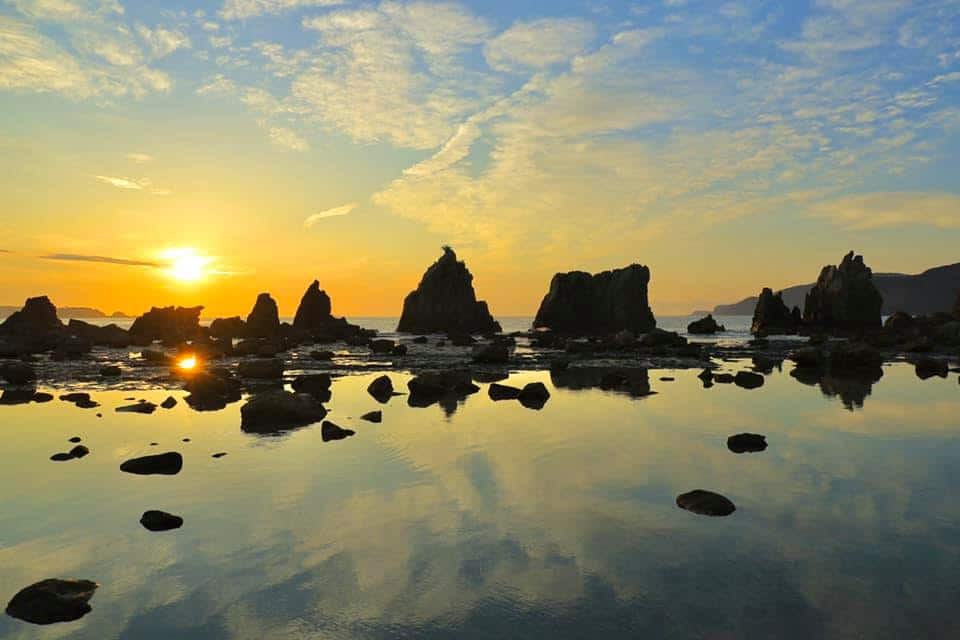
Mr Yamanishi:
The Kii Peninsula was formed by the eruption of the world’s largest caldera 14 to 15 million years ago. The remnants of that eruption can be found in many places. *4 Nachi Falls, Hashiguiiwa, the monoliths of Kozagawa, and the rocky cliffs of Kumano are all caldera. The very ideas and customs that overwhelm people and consider nature to be a god are still intact. We also have a lot of typhoons and rain, which we consider to be the work of God. The place where God sits, plus the continuity of nature worship to the raging gods I believe that this is an idea and practice that the world needs.
Later Buddhism was introduced and a unique Japanese religion called Shinto-Buddhist syncretism*5 took root. “Kumano” is a place where Buddhism has been accepted and developed. Even a simple walk along the Kumano Kodo will give you a sense of this. It is a belief that ”if you go to Kumano you will go to the Pure Land.”
The origins of the Japanese archipelago, a faith that began in nature and also embraced Buddhism, is what we live by today. For both Japanese and foreigners, Kumano is a place where they can experience the origins of their faith. This is what has led to its reputation in the world
*4 Reference: Kinan Art Week Dialogue #8 “Kumano and Art”.
*5 Shinto-Buddhist syncretism: The idea that Shinto, the original religion of Japan, and Buddhism, which came from abroad, have become one. It shows the assimilation of Shintoism and Buddhism, and is also called Shinto-Buddhism mixing.
Yabumoto:
It is a place that enshrines natural stones, rocks, waterfalls and itself as a God, without having to build a flashy shrine. Since ancient times, nature and man have had a symmetrical relationship, plus or minus zero, and I think this place offers a truly alternative answer to this asymmetrical world. This, in fact, is the very depth and ancient layer of the Japanese people. Also, the belief in animism *6 is a way of thinking that is common to indigenous peoples all over the world, so it has the potential to be shared by people all over the world. The exhibition “Zomi” in Osaka Semba *7 that I am currently working on is also an expression of Asian animism through art.
*6 Animism: The belief that there is a spirit in everything.
*7 Reference: “Zomi:Trans-local Migrants on the Water” exhibition
Mr Yamanishi:
I think that being grateful to nature is something that everyone has, and it is simply the most important thing about human life. Kumano has a story that embodies this, and you can recognize it intuitively, you can experience it.
Yabumoto:
It’s really art. Art is a kind of medium, so I think that “Kumano” also functions as such.
3. Kumano from a tourism perspective
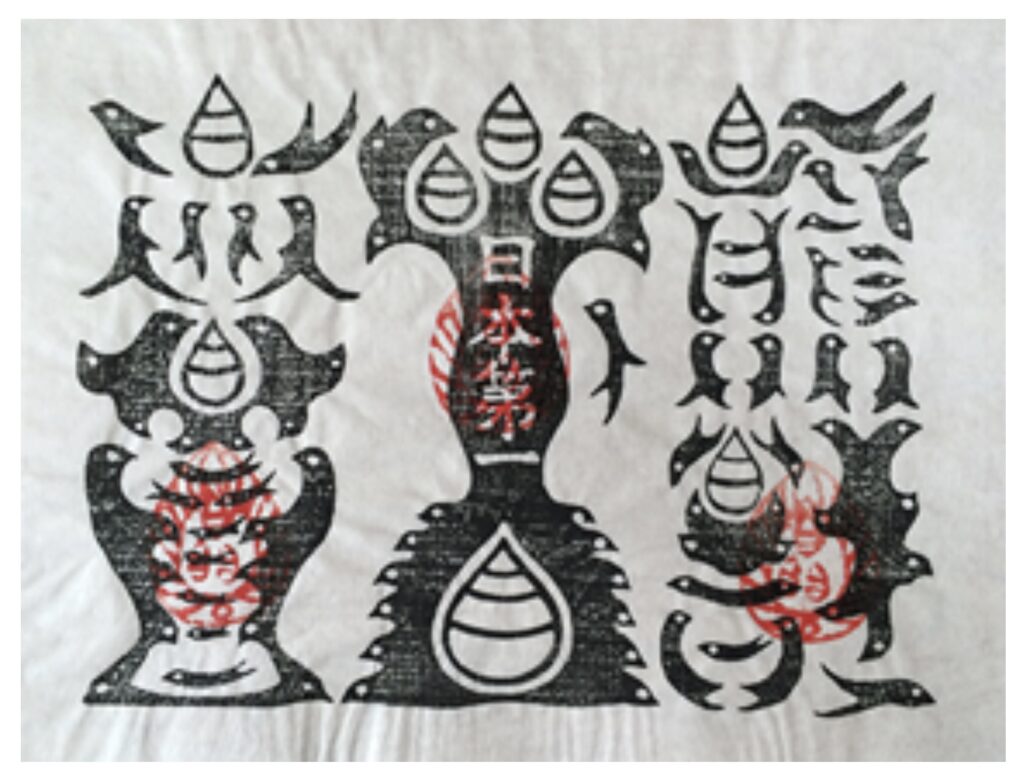
Yabumono:
You mean to export such a universal idea and philosophical value of “Kumano” to the whole world. In fact, my concern now is to question whether “tourism” is an “export”. I think that in the Corona era, the mobility of people will be restricted and the online generation, especially the young people, will not move. I think tourism will decline, so I keep thinking about how we can make tourism “part of our export industry”. Can tourism continue to earn foreign currency?
Mr Yamanishi:
“Tourism earns foreign currency”, that’s exactly the problem. At present, the main source of income is the accommodation industry, such as inns and hotels. Other than that, local consumption such as sales of souvenirs and other products ranks XXth among all prefectures, and that is our problem.
Yabumoto:
So you are saying that we need high value-added products in Kinan and Kumano? In fact, I think we need to have products with such high added value that people will come all the way to get them. In this way, I feel that the word “tourism” will come within the scope of my image of an “export industry”. That’s why we are doing Kinan Art Week. On the basis of the foundation that Mr.Yamanish has created, Wakayama Prefecture and the local government are putting a lot of effort into comprehensive branding, which is exactly what the private sector should be doing here. I felt there was a challenge there, so I created a company called Artport *8 in my hometown Shirahama. First, over a span of 10 years, we aim to deepen and brand the products of Kinan and Kumano, and export them to the world.
*8 Reference Artport: Free trade in values
Mr Yamanishi:
You want to encourage young people to do their best.
Shimoda:
Mr.Yamanishi, have you ever heard of “Yamaiwai-mochi”? According to what I heard, there was a culture in which people who had walked along the Kumano Kodo (an ancient road to Kumano) and visited the shrine would make mochi (rice cakes). When they got to Tanabe, a post town, they would hand them out themselves as a sign of good fortune. I think that if we can reorganise the culture of “Yamaiwai”, which is a way of distributing virtue, and incorporate the essence of it, we can add value to our souvenirs.
Mr Yamanishi:
I don’t know about “Yamaiwaimochi”, but in Kumano Sanzan , there is a kind of rice cake called “moudemochi”. It is a kind of rice cake that people give as a souvenir to those who have visited the shrine to say “I have visited the shrine” or “I have paid a visit to the shrine”.
Another one from far back in time is the Kumano Goou Shinpu *9, written in crow script, which is the runner-up to the Japanese contract. By writing on the back of this paper, for example, “I will serve Takeda Shingen”, and stamping it with a blood seal, you are saying that you have made a vow to the gods. There are similar ones at each of the mausoleums in Japan, but the one at Kumano Sanzan is the best. In the old days, people used to come to Kumano just to get one of these.
When people ask me “What would you like to take home from Kumano?” I tell them to buy this Kumano Goou Shinpu. I want people to know that this is the quintessence of Kumano and that it still exists.
*9 Reference Kumano Goou Shinpu
4. What we leave for the next generation
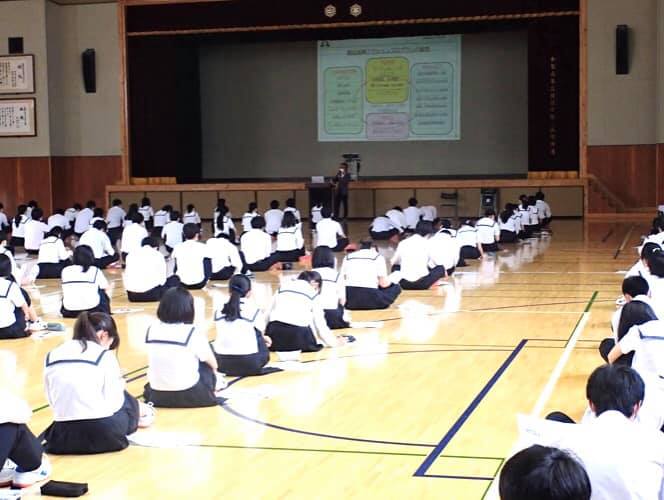
Yabumoto:
Continuing from your previous lecture, is there anything else you tell young people and students?
Mr Yamanishi:
Like the media strategy I mentioned earlier, I’ll say things like “I know you watch TV for some reason, but it costs 5 million yen.” (laughs).
Yabumoto:
So you’re talking about those practical things too.
Mr Yamanishi:
The joke is just telling you to have a global perspective. “You have a tool to connect to the world,”. A single post on Instagram can bring in tourists. Young people may have a prevailing image that “Wakayama is not a big deal”, but in reality, it is highly regarded by the world, so we need to change that. Let’s get rid of the stereotype in our hometown and be proud of Wakayama. To do so, let’s get to know more about the local people and things to see and do. That’s what we are talking about. I tell them that they should try their best to go on to higher education and even if they leave Wakayama, they should come back once in a while. It’s completely fine if they want to work in Paris or Thailand (laughs). But wherever they are, they should think about Wakayama and business in the Wakayama prefecture.
Shimoda:
I think this can be said for any region, but I think it’s a shame that local people don’t feel proud of their hometown. It is important to increase the number of I-turners by promoting migration, but I feel that we must first increase the number of U-turners.
Was there a moment when you yourself, not professionally but personally, became very interested in Kumano, or had your eyes opened?
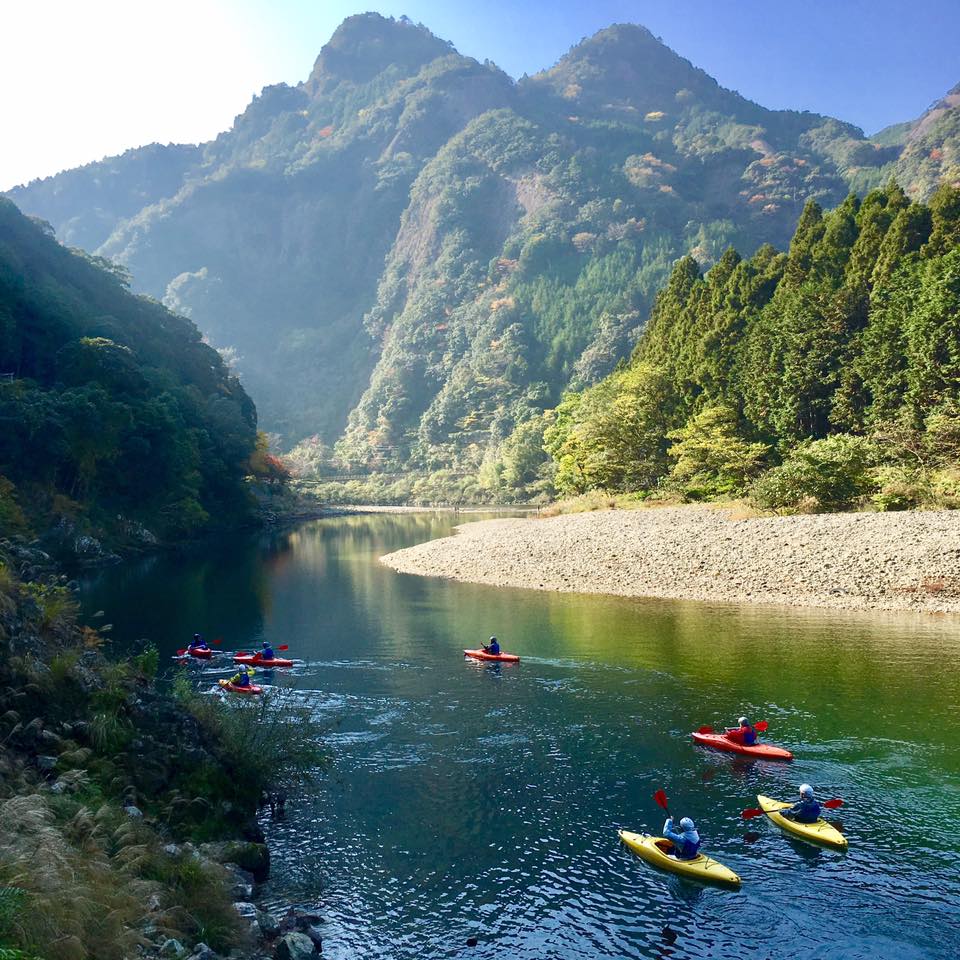
Mr Yamanishi:
Exactly, there are people from outside Wakayama Prefecture who’ve told me “Kumano is amazing!. What impressed me the most was the word “clean water”. We take this water for granted, but how can they be so happy? That’s why we created “Wakayama, a land of Water *10 ” campaign. It is very fun to talk with people outside Wakayama because we can see the objective evaluation.
*10 Reference: Wakayama, a land of water.
Mr.Shimoda:
So the producer of “Wakayama, a Land of Water” was also you!
It would be nice if young people had more opportunities to do that. If they are not moved by it, they don’t realise it.
Yabumoto:
I have been away from my hometown for 11 years now, and Kinan seems to shine very brightly. Perhaps it is because I have seen the world’s cities and countryside from an objective point of view.
In terms of being a place where young people want to come back to, what do you think is the best state of the region in 10, 50, 100 years time?
Mr Yamanishi:
To a certain extent, Kumano has a strong brand that has earned it a worldwide reputation. It’s not enough to say, “I thought it was a nice place, but when I came here I was disappointed.” In this day and age, everyone can give a natural assessment of a tourist attraction or food. It’s about what you do with the people who come to you. It is necessary to create new things, but I think it is important that there is a “site” that deserves recognition.
Yabumoto:
You mean “in the field”, including appropriate staffing and training. It is important to acquire, properly deploy and develop specialized personnel who can earn foreign currency and foreign demand.
Last but not least, do you have any message for us?
Mr Yamanishi:
I am obsessed with “Kumano-ness”, the unique history and climate of Kumano, which has been woven together over 2,000 years, starting with the work of the earth 14 million years ago. We will continue to focus on this and share it with the local community and the world.
Yabumoto:
Thank you very much for taking the time to talk to us today.
.
<Related article>
